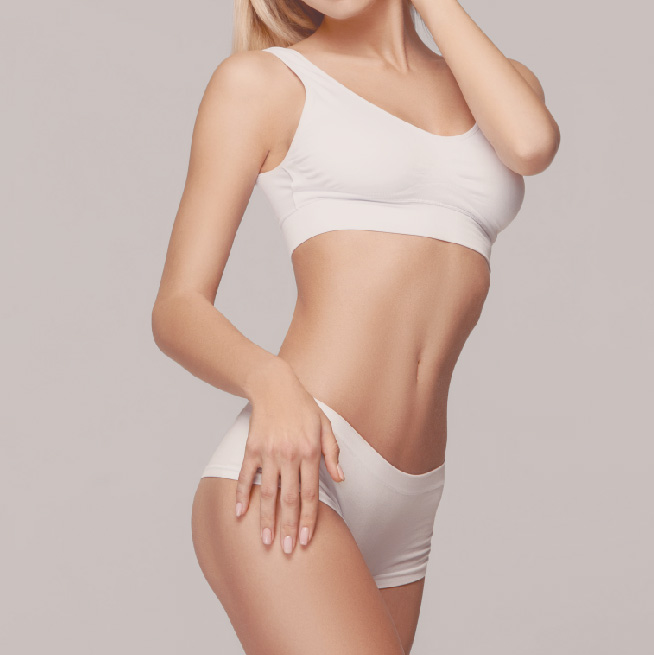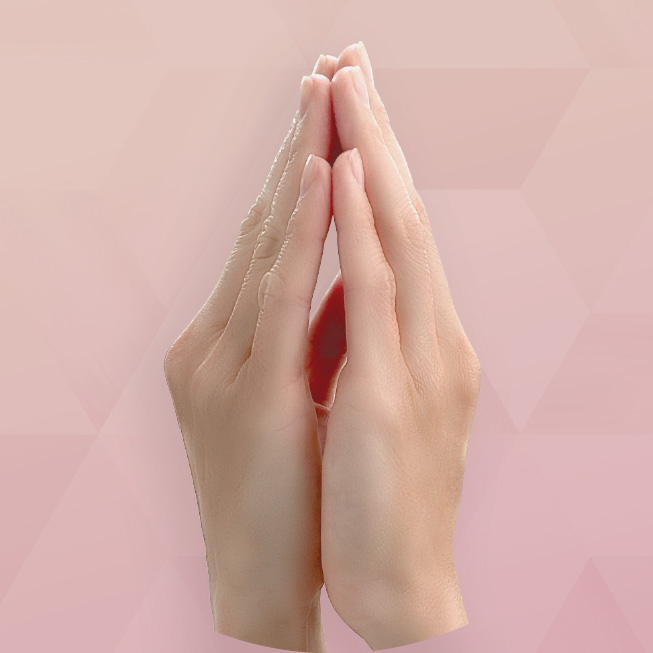Let’s talk about breast … or breasts. Every other person has them … no actually, every person has them. Doesn’t matter if you’re a guy, a girl. We all have them. What we want to know is what can we do to make them look good. Some people are like me, who’ve got nothing. Other people have plenty, and would like to give some away. Some people want to be bigger. Some people want to be smaller. Some people want to be up here. Other people like it down there.
You can pretty much do anything you want with a breast. Not everything is reasonable, and that’s why you come to talk to me, and we sit down. We kind of look through your goals. I love it when you bring pictures, ’cause that really helps.
Let’s just go through a couple of quick things that we can do with breasts. The most obvious, and that everyone knows about, is breast augmentation. But, what might not be so obvious is that it doesn’t have to be an implant. It can be fat. It can be your own tissue, through a breast lift. It can be a combination of all of those. At the most basic of it, the idea is that you want to be bigger, and shapelier, and possibly perkier than what you’re starting with.
Not everyone who comes in the door is appropriate for a breast augmentation. Some people are just too deflated, say after you had children and breastfed, and then you lost 30 pounds and you notice that all of a sudden, you’re very deflated, but you have stretch marks and such. You might not be such a good candidate, versus if you come in and you’re like me, and you say, “I have nothing, and I’d like to have a little bit of something,” then we can definitely talk about augmentation.
When it comes to implants, implants come in basically two flavors, silicone or saline. I just want to make sure you understand that they both have silicone in them. I know this has been a concern for some people, that silicone can cause a breast implant illness. There have been no scientific studies validating this. Silicone is a generally non-reactive product, but putting a foreign body of any sort, in your body, can cause an inflammatory response. What we see a lot, as breast surgeons, is something called a capsular contracture, which is scar tissue that forms around implants. When this gets hard and painful, and unnatural, then it’s something that needs to be treated.
But, going back to the implants, silicone, saline, and now we have a new saline implant that acts like silicone. But, the whole idea is that you’re putting volume where you don’t have it. And most women want volume up here. They want to look down, they want to fill in their dresses and bras, and feel like they have cleavage. So, that’s what an implant can do for you. It can give you fullness up top. It can also fill in your envelope down below, so that you have that lovely conical breast.
Where should nipples go? Nipples don’t really look that natural. They’re pointing straight at you. They actually did a study on it where they found that if the nipple is positioned about 55 degrees up from the horizontal, that’s where the most ideal position is. If you want them to be looking just a touch up, but not so high that they’re pointing up at the ceiling. That’s breast augmentation.
Scars, or incisions, can be placed in one of three places typically. There are some atypicals, but we won’t talk about those. The most common that you will see is a scar that’s right underneath the breast, in the breast crease. That’s called the inframammary fold, and that’s something that’s natural to all women. This is an easy access. It gives direct visualization. You could put the implant above or under the muscle and it tends to heal very well, and is well hidden.
The next one that you will see pretty commonly, again still, is around the nipple. This is called the periareolar. These, you will hear a lot of surgeons who don’t want to do these because the nipple tends to be dirty. It’s where you have sweat glands. It’s where you have your milk ducts, and it tends to carry a lot of bacteria. The last thing we want is to introduce bacteria to an implant that you’re putting into your body. So, a lot of surgeons will tend to try to talk you away from that. Others will say, “I’ve been doing it for decades and never had a problem, and I love it.” So, you just have to find someone that you’re comfortable with.
In the same way, the incision through the armpit, or transaxillary, also has that same kind of connotation to it because the armpit is generally thought of as being a dirty space … lots of sweat, it’s stinky. Do you really want to put an implant through there? I tend to like the transaxillary. I also like the underneath the breast, both because they’re well hidden. When it’s in the armpit, it’s in the natural crease, and you don’t have any scars on your chest. So, that’s a personal decision.
But again, breast augmentation can be with implants. If it’s implants, it’s saline or silicone, at the very basis, or fat. If there is an augmentation, with an implant, you can put the scar under the breast, around the nipple, or in the armpit, most commonly.
If we’re talking about fat, and using fat to augment the breast, I think this is a very lovely option, if you have enough fat to give, and if you’re reasonable with what you’re expecting from the augmentation. I generally tell people that I can’t get you more than a cup size bigger than what you currently are. The thing with fat is, in order for it to survive, it has to be surrounded by very well perfused tissue, which means that there has to be good blood flow to the fat that you put in there. If there isn’t good blood flow, what happens is that this fat turns into a cyst, and the cyst may or may not cause problems, but usually it just feels lumpy and you don’t like it, and you’re unhappy.
So, if you’re a reasonable person, and I’m looking to increase you by one cup size, and you have enough fat to give, that’s a good option for you. It doesn’t mean that you can’t come back several months down the road and say, “Hey, it healed up great, I love it, can we go a little bit bigger?” Then we can do it again. But, that’s something that you and I have to talk about in the office.
The third option for breasts that will also reposition, lift, and volumize, is doing a breast lift. Now, most people don’t think of this as a way of breast augmentation, but if you rearrange tissue that you have, that’s in the wrong position, and put it somewhere where it can help, isn’t that still an augmentation? You’re just auto-augmenting, which means you’re using your own tissue to augment your breast.
When you take fat, you’re taking it from another area and putting it into the breast. You’re relying on blood supply for that to survive. When you’re taking your own tissue, it already has a blood supply. It already belongs there. You’re just repositioning it so that you breast has a prettier, fuller shape. So, to me, that still counts as augmentation.
So, breast lift can be done with an implant, without an implant, with fat, or without fat. There are a lot of options. But what people, I think mostly want to know when they are talking about a breast lift, is where the scar is … ’cause everybody wants to know about scars. When you talk to doctors about a breast lift, they’re basically going to tell you three different scar patterns. The first one is around the nipple. Classically, that’s called a Benelli Lift, if it’s kind of a half moon shape, and the idea is that you just lift the nipple a little bit. You might reshape and resize the nipple so it’s rounder and prettier, but you don’t really do anything to lift the tissue of the breast itself. With time, these scars tend to stretch out. They look wide, and they usually have to be redone. So, that’s become less favorable.
The next one, which I think right now is the most popular, is a vertical breast lift, also known as a Lollipop Lift. These are scars that go around the nipple, which means that you get smaller, rounder, repositioned nipples, and then a scar that goes right down the median of your breast. This allows the breast tissue that’s extra, in the middle, to be taken out or reshaped, or placed somewhere else, to give that more conical shape to the breast. This is a nice … I think … compromise between doing a full breast lift, and a breast lift with an implant. It gives you a little bit more flexibility. The scar is much more well tolerated. And generally, people are very happy with this. I think once you’re in that mind frame, where you just say, “I need perkier breasts. I want them up here,” the scar issue is less of an issue.
The third, and most traditional, version of a breast lift, is called the Wise Pattern. It’s an anchor lift. So, you have the scar around the nipple … you notice a trend here. Everything around the nipple … so that you can reposition, make it smaller, and make it rounder, and then you have the incision down the middle, just like the vertical lift, but then you have an anchor, which falls along the crease of the breast. This is for women who have very pendulous or large breasts, where their nipples are pointed to the ground, and quite a long distance from their sternal notch.
So, that’s what we measure it by, how far is your nipple from your notch of your chest? If it’s greater than a certain number … and traditionally, it’s been about 40 centimeters, although some people are more aggressive, and some people are more conservative … that kind of tells you whether or not this breast and nipple will survive, if I do a lift.
So, that lift, again, is around the nipples, down, with an anchor at the crease of the breast. This lets me take away all that extra tissue that’s hanging down on the bottom, and reposition and shape it up on the breast. The scar is … it’s fine. It can heal well. But sometimes, people do have problems with it, especially where the anchor meets the lollipop. There’s a lot of strain in that area, and I’m sure if you talk to friends who’ve had a breast reduction, or a breast lift, you’ll find a certain number of them, probably about two out of ten, who’ll say, “Oh yeah, I had problems with that. It opened up,” or, “It got infected.”
These are all things that we talk about and consider. Part of the consultation is when you come in and we do a full exam, and make sure that I don’t feel any lumps, I don’t see any skin changes, and make sure that if you’re of the appropriate age, you’ve had your mammogram. I also take very careful measurements, because as much as we like to say it’s all about an artistic eye, science has a lot to do with it too. And proportions, proportions are all throughout the earth. It’s mathematical, and mathematics, to some, is art.




